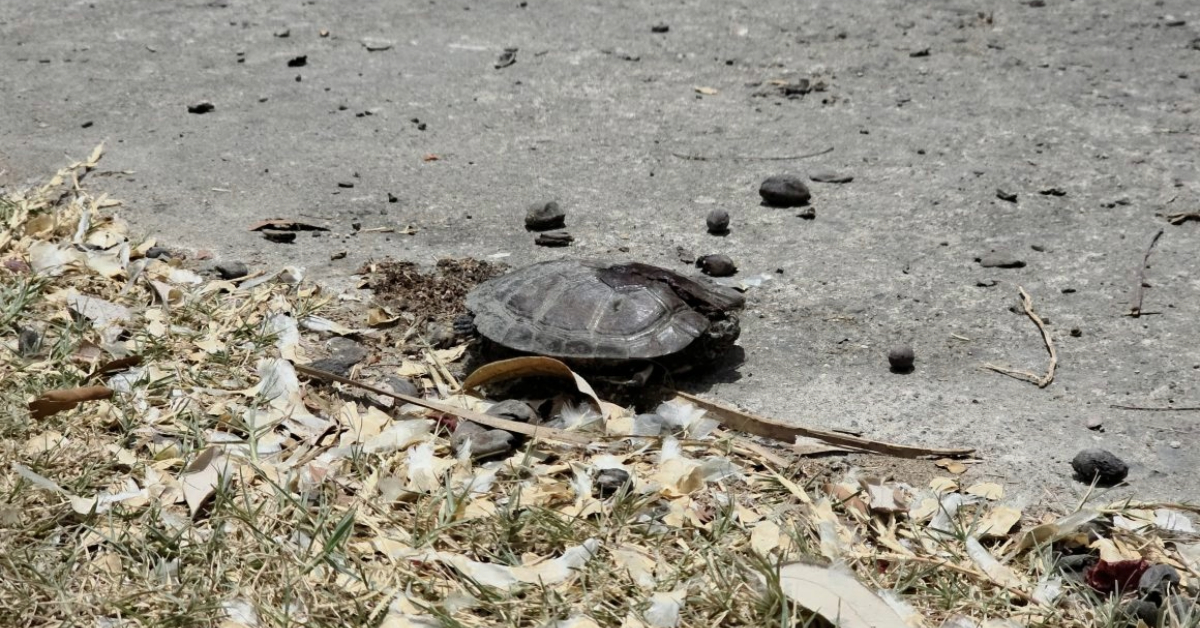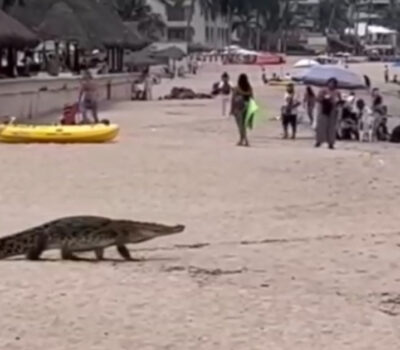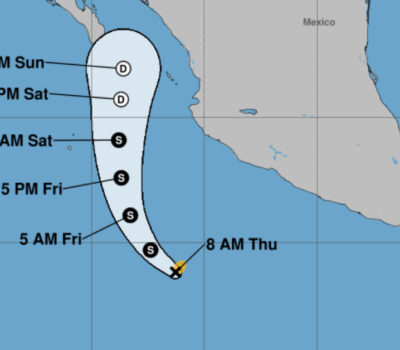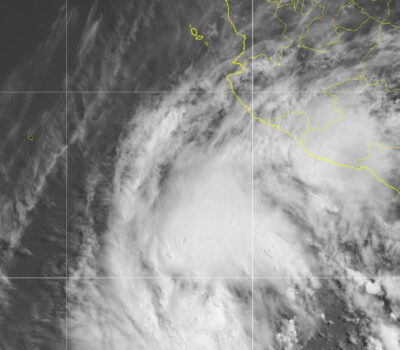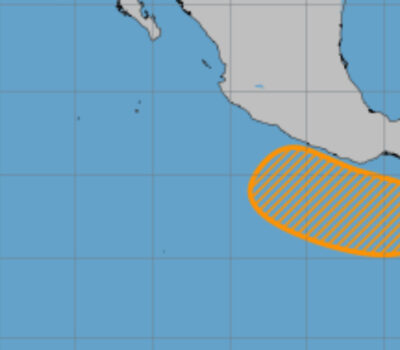Puerto Vallarta, Mexico – Coapinole Lagoon, located in the Coapinole neighborhood at the northern edge of Puerto Vallarta, has long stood as one of the few remaining freshwater bodies in the region. In recent weeks, local observers and environmental authorities have raised the alarm: the lagoon is rapidly drying up, jeopardizing a fragile ecosystem that supports multiple endemic and migratory species.
Environmental experts point to three primary drivers behind the lagoon’s shrinking water levels: prolonged lack of rainfall, blockage of key tributaries, and the broader effects of climate change. Regional rain patterns have shifted in recent years, with the dry season extending deeper into spring. As a result, the natural recharge that Coapinole depends on late each year has dwindled. Meanwhile, nearby development has redirected—or in some cases blocked—the small streams that once fed the lagoon. Local officials note that without timely intervention, these combined factors could leave the lagoon bone-dry in mere weeks.
Despite its modest size, Coapinole Lagoon hosts a remarkable diversity of reptiles and birds. According to municipal Sustainability Director Bartolo Cruz Romero, at least three endemic turtle species live there: eight individuals of the “Casquito de Vallarta” (commonly known as the Vallarta mud turtle), 78 of the Integrum species, and 58 of the Chimalhuaca variety. In addition, 34 specimens of the Ornata turtle inhabit the area. The most abundant turtles, however, are 209 red-eared sliders (Trachemys scripta elegans), an invasive species frequently abandoned by pet owners when they outgrow home aquariums.
Beyond turtles, Coapinole provides habitat for iguanas and garrobos (Ctenosaura spp.), as well as a variety of migratory and resident birds that rely on the lagoon during seasonal movements. These reptiles and birds have adapted over centuries to the lagoon’s cyclical wet-and-dry pattern. However, local researchers warn that the current drought far exceeds normal seasonal lows due to the compounding effects of climate change.
At the time of a recent site visit, less than a few cubic meters of water remained in Coapinole—essentially muddy hollows where aquatic life clings to survival. Observers recorded temperatures in the surrounding area climbing well above 35 °C, further accelerating evaporation. With no significant rainfall forecasted for the coming weeks, environmental specialists estimate the lagoon will evaporate completely within a month.
As water levels drop, turtles and other aquatic animals are forced to leave the receding shoreline in search of moisture. Several red-eared sliders were spotted crawling onto pavement, exposing them to the risk of vehicular traffic. Witnesses described seeing turtles nearly crushed by passing cars, a scenario that endangers both native and invasive species alike.
In light of these urgent threats, the municipal government has begun drafting an eco-hydrological restoration proposal aimed at preventing a complete ecological collapse. Bartolo Cruz Romero indicates that preliminary discussions with hydrology experts have focused on measures such as:
- Water Injection via Piping: Assessing the feasibility of pumping water from nearby sources to sustain minimal water levels until the rainy season returns.
- Habitat Rescue Program: Capturing vulnerable turtles—both endemic and invasive—and relocating them temporarily to protected ponds or breeding facilities until Coapinole refills.
- Influx Analysis: Conducting a detailed study of groundwater and surface-water inflows to determine how best to reconnect the lagoon to any existing underground aquifers or tributaries.
- Invasive Species Management: Encouraging residents and private businesses to adopt red-eared sliders and other nonnative species to relieve competition pressure on endemic turtles.
Romero stressed that injecting water without a coordinated management plan risks creating stagnant pools that could worsen mosquito-borne disease issues—a concern in Puerto Vallarta’s tropical climate. He noted that official clearance from the federal Secretariat of Environment and Natural Resources (SEMARNAT) and PROFEPA (Federal Environmental Protection Agency) is required before any dredging or hydrological modifications can proceed.
Among the lagoon’s turtle population, the Vallarta mud turtle (Kinosternon vogti) is perhaps the most emblematic—and vulnerable—species. Recognized as the smallest freshwater turtle in the world, this species reaches just under 3.75 in (approx. 9.5 cm) in adult shell length. It is found only in a handful of shallow, seasonally intermittent water bodies around Puerto Vallarta. Urban growth over past decades has already reduced its suitable habitat to isolated wetlands covering fewer than 25 ha, raising alarms about its long-term viability.
Despite being adapted to periodic drying (the Vallarta mud turtle can bury itself in mud to tread out drought), the unprecedented intensity of the current dry season has pushed the species to the brink. Researchers from Turtle Island and University of Guadalajara have documented that these turtles emerge from the mud only when forced by complete water loss—placing them directly in harm’s way on roadways and urban edges. In February 2023, Turtle Island confirmed successful captive hatching of this species for the first time, highlighting how dire the situation is in the wild.
While invasive red-eared sliders are nonnative to Mexico, they have become the most visible turtle species at Coapinole as conditions worsen. Purchased initially by aquarium enthusiasts, sliders often grow too large for home aquariums and are released into local waterways. In Coapinole, they consume food resources intended for endemic species and can outcompete native turtles for nesting grounds. Although red-eared sliders possess higher water dependency—and thus are more visibly affected by the drought—their sheer numbers aggravate resource scarcity for species like the Casquito de Vallarta.
Iguanas and garrobos (genus Ctenosaura) also face habitat loss as water retreats. Both reptile groups rely on the lagoon’s shoreline for foraging and thermoregulation. The black spiny-tailed iguana (C. similis), rated as one of the fastest lizards globally, reaches up to 1.3 m in length, while smaller garrobo species can exceed 80 cm. Without enough water to sustain local insect and plant life, these reptiles risk local population crashes over the coming season.
Several migratory birds traditionally use Coapinole as a temporary stopover during their seasonal movements along the Pacific Flyway. Species such as herons, egrets, and various waterfowl have been documented feeding in shallow waters. As the lagoon dries, these birds are forced to seek alternative wetlands, many of which lie further inland. The increased energy expenditure and competition at crowded sites could reduce survival rates, especially during the harshest months of the dry season.
With less than a month before total desiccation, local authorities stress that community participation is vital. The municipal Sustainability Office invites schools, businesses, and private citizens to volunteer in turtle rescue operations and to adopt red-eared sliders for captive care. Environmental groups have organized awareness campaigns, urging residents to report sightings of turtles wandering into urban areas.
Meanwhile, the proposed eco-hydrological restoration plan must secure funding and regulatory approval. Romero has indicated that discussions with Jalisco state and federal agencies are already underway. If greenlit, the project would aim to construct a natural water channel linking Coapinole to a nearby underground aquifer, supplemented by buffer wetlands designed to moderate seasonal water fluctuations. The municipal government hopes to complete initial engineering studies by late summer 2025, in advance of the next rainy season.
Puerto Vallarta, Mexico - Coapinole Lagoon, located in the Coapinole neighborhood at the northern edge of Puerto Vallarta, has long stood as one of the . . .

